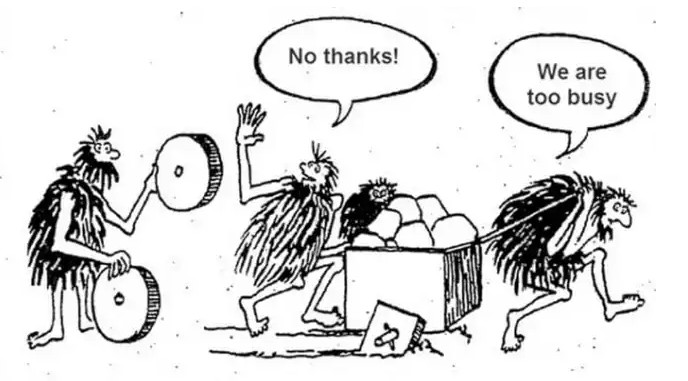When Pragmatism Meets Silence
Had one of those surreal conversations at work recently.
I needed to onboard with an internal AI service—because, frankly, there’s only one option available: and it’s run by a team building their own wrapper around Azure OpenAI.
From the start, it was a mess.
Their onboarding SharePoint was broken, documentation was a year out of date, and the API FAQ pointed to a “Coming Soon w/ RAG API FAQ” page hiding the currently available API docs. I posted in their support space about the issues and was redirected to another team to get help with their onboarding documentation.
I followed up and tagged a frequent contributor.
Still nothing.
Naturally, I got curious… What exactly is being built here?
I dug into their roadmap only to find that everything slated for delivery over the next few quarters already exists in Open WebUI today.
Open WebUI is an AI chat portal that’s open-source, feature-rich, production-ready, and actively supported by a global community. It could immediately accelerate internal developer productivity and deliver broader user value.
Like, right now, and not in six months or a year…
So I started what I thought would be a simple, constructive conversation:
“Hey, have you all seen Open WebUI? I noticed you’ve got file import support slated for next quarter. Open WebUI already handles X, Y, Z, and more out of the box. It’s open-source and well-supported. And it’s free.”
Silence.
Eventually, I asked who their managing director is, hoping at the very least to get them cataloged in our internal service catalog.
Silence.
A few more days passed. I tried again, but this time I asked who the managing director was.
Finally, I got a brief reply from their UX leader: “There is no leader like that on this team.”
I reached out via DM to clarify.
I was told my, “Who is the managing director?” questions came off as abrasive. Fair enough. I apologized and tried to reset the tone. I re-read my messages later—seemed benign, but intent is often lost over text.
I asked about the team, the service, and whether they’d evaluated Open WebUI.
“No.”
So I asked why not?
I was told, “What we’re doing is very complicated. It involves RAG.”
I asked if they could share the repository link just to understand what their definition of “complex” entails.
Their immediate response:
“Why?”
At that point, it became clear: they weren’t interested in collaboration, transparency, or openness.
Ironically, I recently gave a demo of local LLM tooling that included a Open WebUI demo to leadership. One that supports RAG, offers more integrations, runs locally, connects to local LLMs, integrates with Azure OpenAI, and takes minutes (not quarters) to stand up.
I get the instinct to wall off and take a protectionist stance… But when teams are months away from delivering baseline functionality that already exists off the shelf, we need to ask:
Are we delivering value … or just reinventing the wheel?

 Coderrob
Coderrob